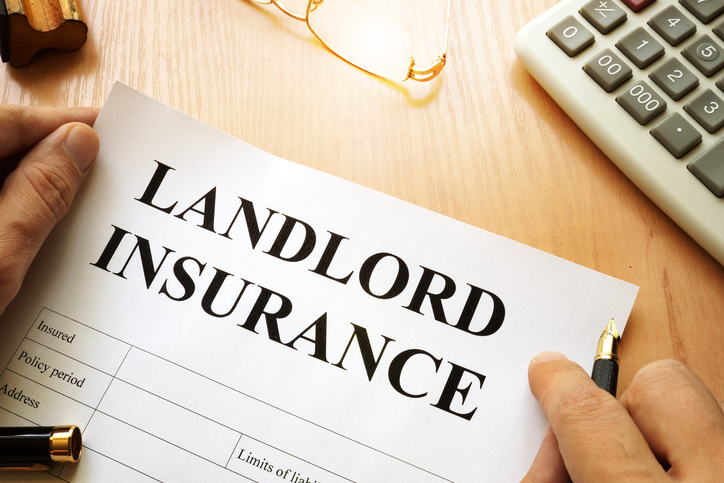There are responsibilities related to owning rental property; and protecting that investment is important. Landlord insurance is one of the most effective ways of protecting against likely financial setbacks. There are different types of coverage based on different risks attached, therefore it is important to take this into consideration when choosing a policy.
Understanding Landlord Insurance Policies
Landlord insurance is not the same as standard home insurance and is created specifically to cover the risks of rental properties. No matter if you’re renting a single family house, a block of flats, or a holiday rental; it is important to have the right coverage in case of unforeseen circumstances.
Buildings Insurance: Protecting Structural Integrity
Buildings insurance is a fundamental part of landlord insurance. The structure itself, walls, roofs, and permanent fixtures are covered under this policy against perils such as fire, flooding, and vandalism. This insurance is a necessity for those with financed properties and mortgage lenders often require it.
Optional Add-Ons for Enhanced Protection
- Accidental Damage Coverage: This type of insurance protects against the wear and tear that will happen to a property as a tenant lives there.
- Subsidence Protection: This protects against any damage caused by soil movements.
- Malicious Damage by Tenants: This provides coverage for intentional harm caused to the property by tenants.
Contents Insurance: Safeguarding Furnishings
Content insurance is invaluable for landlords who are offering furnished or semi furnished units. Furniture, appliances and decor owned by the landlord are covered under this policy in case theft, fire or accidental damage. Nevertheless, the tenant owns his possessions and has to insure that separately.
Key Considerations
- Level of Coverage: Assess whether replacement value or depreciation-based compensation suits your needs best.
- Exclusions: Some policies may not cover wear and tear or damage from pets.
- Combined Policies: Some insurers offer bundles that include both buildings and contents protection.
Landlord Liability Insurance: Legal and Financial Security
Landlord liability insurance protects property owners from the legal claims that could result from unforeseen accidents. This policy covers legal fees and compensation costs for an injury caused by negligence.
Common Scenarios Covered
- Slip and Fall Accidents: If a tenant trips on loose flooring or slips.
- Falling Objects: Damage caused by external elements, such as a broken gutter injuring someone.
- Faulty Fixtures: Electrical faults or plumbing issues leading to harm are covered.
Loss of Rent Insurance: Mitigating Income Disruptions
If a property is made uninhabitable by unexpected disasters, loss of rent insurance pays for missed rental payments. This coverage is there to create a steady income stream during the repair of the property as a result of a fire, flood, or extensive repairs.
Factors to Evaluate
- Policy Limits: Some insurers cap the maximum payout period.
- Trigger Events: Understand which circumstances qualify for compensation.
- Combined Coverage: This is often included within comprehensive landlord insurance packages.
Legal Expenses Insurance: Covering Disputes and Proceedings
Tenant disputes, eviction processes and contract disagreements can become increasingly expensive as they become litigation. Landlords can spend legal expenses insurance to handle solicitor fees and court costs and get through disputes without paying a huge amount of money.
Situations Where It Proves Beneficial
- Evictions Due to Non-Payment: Recovering outstanding rent.
- Property Damage Disputes: Resolving conflicts over tenant-caused destruction.
- Tenancy Agreement Breaches: Addressing violations of lease terms.
Choosing the Right Coverage for Your Needs
To select the right landlord insurance you need to see how much risk is involved in the rental property. The type of tenant, the location of the property, and whether or not the furnishings are included should all be considered. To decide which form of product is best, compare policy features, exclusions and pricing from a range of providers.



 Bitcoin
Bitcoin  Ethereum
Ethereum  Tether
Tether  XRP
XRP  Solana
Solana  USDC
USDC  Cardano
Cardano  TRON
TRON  Lido Staked Ether
Lido Staked Ether  Avalanche
Avalanche  Toncoin
Toncoin